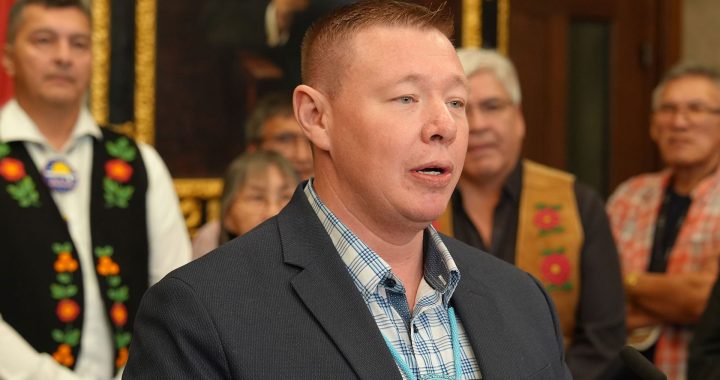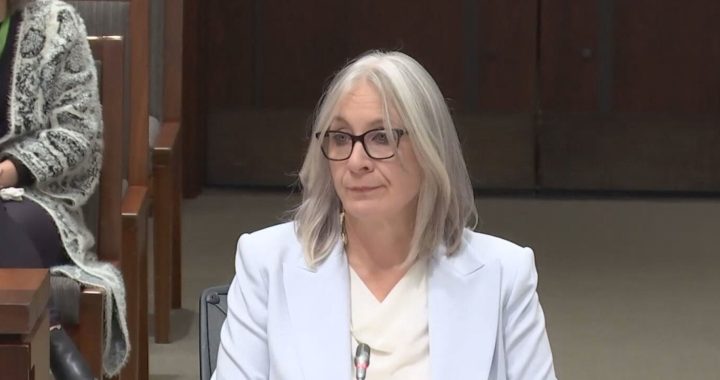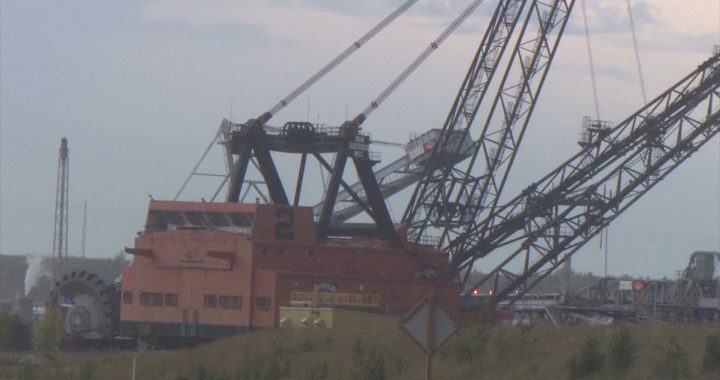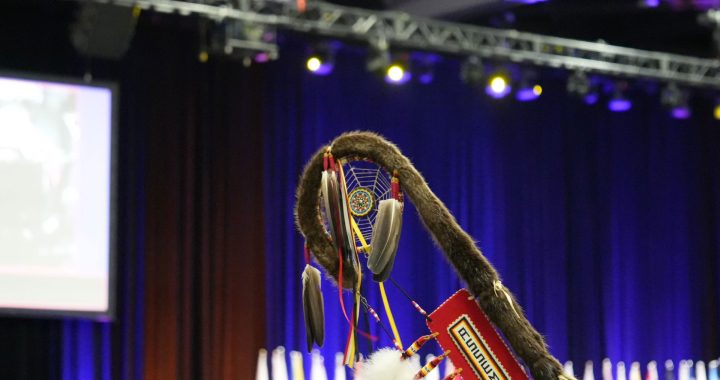The Yukon Environmental Socio-Economic Assessment Board says the Whitehorse hydroelectric dam should be relicensed – as long as the corporation behind its operation commits to several recommendations.
The board, or YESAB, said in an evaluation report released earlier this month that relicensing the dam is likely to impact chinook salmon, aquatic life and First Nations people – but it also said those effects can be mitigated.
The dam is operated by Crown corporation Yukon Energy. Its 25-year licence for the dam is set to expire in May.
This is the first time the dam has undergone an assessment under YESAB. The board didn’t exist during the last 25-year renewal in 2000.
The dam, which was built in 1958, impacts the territories of the Kwanlin Dün First Nation (KDFN), Ta’an Kwächän Council (TKC), Carcross/Tagish First Nation (C/TFN) and the asserted territory of the Taku River Tlingit First Nation in northern British Columbia (TRTFN).
An accompanying fish ladder was completed in 1959.
First Nations have long claimed the dam is a barrier for migrating fish, especially chinook salmon which have been in decline for decades.
A C/TFN citizen said in a submission to the board, which was noted in the report, that their mother harvested salmon near the mouth and up the M’Clintock river – a cultural tradition that is no longer practised.
“It was also during her lifetime that the Dam was put in and she saw the decline of healthy salmon populations,” they said. “It is now at a point where our young people have no memory of salmon harvesting in our traditional territory. That point is beyond sad and shameful.”
Affected First Nations said the dam’s fish ladder is especially worrisome.
“The fish ladder does not effectively pass all fish seeking to migrate upstream,” C/TFN said in a submission.
KDFN has similar concerns.
“The salmon numbers are critically low, and we are close to losing them forever. Our efforts need to put salmon first, no matter the cost. That is why we cannot settle for insufficient attempts to fix the existing ladder, we need something that works well, and we need it now,” it said in a separate submission.
“The current outdated design simply is not good enough given the conservation crisis we are in, and it is imperative that a new fishway be constructed that puts salmon first and ensures every salmon can make it back to spawning grounds.”
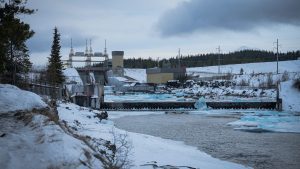
C/TFN also raised concern about the dam’s turbines causing entrainment. Entrainment happens when fish are unintentionally drawn into water intake and cannot escape.
“The dam’s turbines cause significant mortality and injury to juvenile chinook swimming downstream,” it said.
“Because of this (and the fish ladder)…C/TFN citizens have not been able to reliably harvest one of their staple traditional foods nor engage in the cultural aspects that were so greatly woven into the time of salmon harvesting.”
The report lists 44 recommendations, including finding alternatives for fish passage, such as refurbishment, reconstruction or replacement of the ladder, as well as future operational changes to reduce effects to upstream passage.
The board also suggests developing an entrainment plan to reduce fish mortality caused by the dam’s turbines. The report said the plan should include improvements like deterrent devices and screens.
It recommended renewing the dam’s license for another 25 years until 2050 as long as mitigation efforts are in place.
It’s now up to potential decision bodies, which includes the federal and territorial governments and KDFN, to either accept, vary or reject YESAB’s recommendations. It’s not yet clear when a decision will be released.
Read more:
U.S., Canada put 7 year ban on all forms of salmon fishing in Yukon, Alaska
New report on the widespread decline of salmon in B.C. and Yukon
Yukon Energy said in a statement its “encouraged” by YESAB’s report and is currently reviewing the terms and conditions.
“Yukon Energy will continue to work with First Nations in the project area so that their interests, priorities and Traditional Knowledge are considered and incorporated to the extent possible in decisions about the facility in the short and long term,” a spokesperson said.
Meanwhile, TRTFN Lands and Resources Manager Rodger Thorlakson said in a statement that any activity that has the potential to impact its asserted territory is considered a rights and title issue.
“The lands, waters, and resources within the TRTFN Traditional Territory belong to the Taku River Tlingit First Nation and are subject to the inherent sovereignty, jurisdiction, and the collective rights of the TRTFN,” he said.
APTN News was unable to obtain comment from KDFN and C/TFN by deadline. A spokesperson for TKC said its lands department is reviewing the recommendations but declined to comment.




